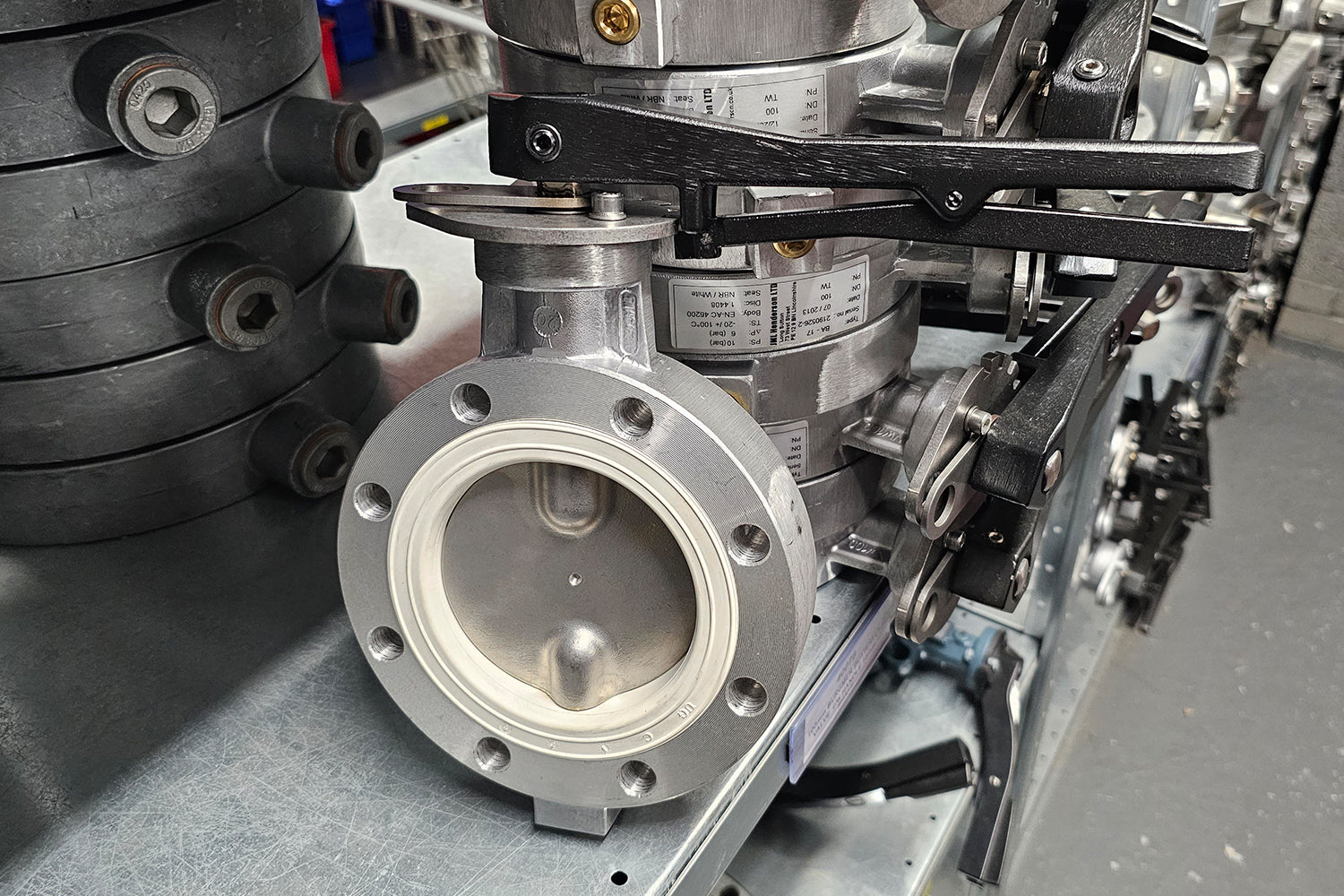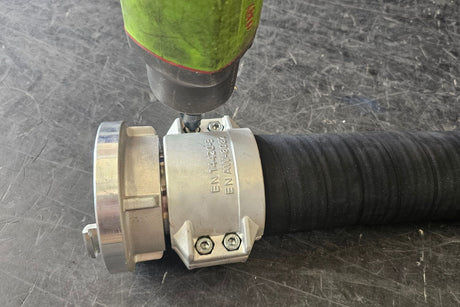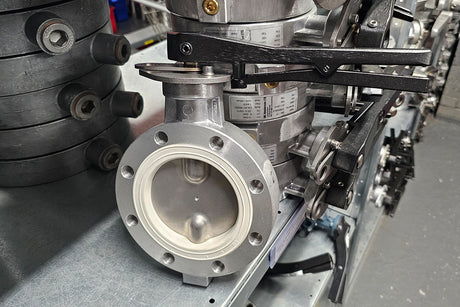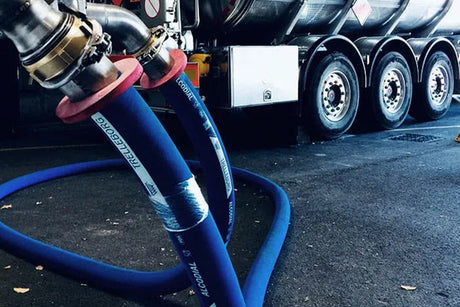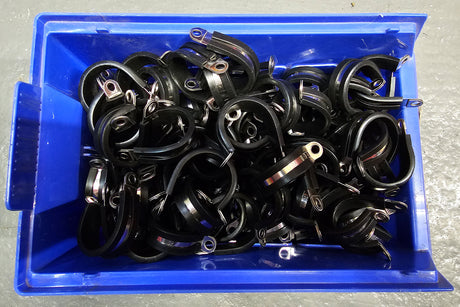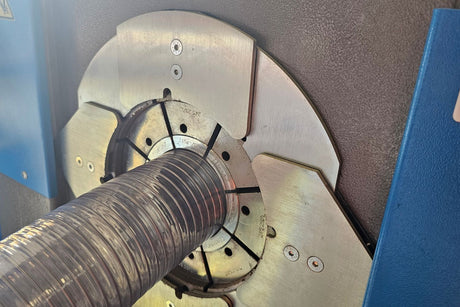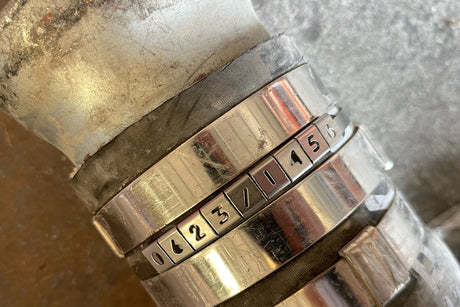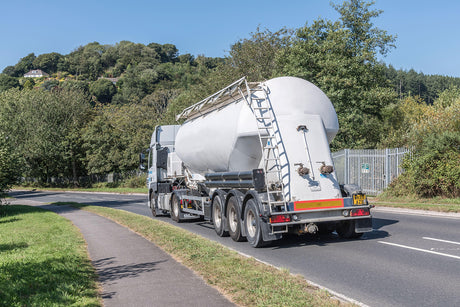Butterfly valves might not be as flashy as some industrial components, but they are essential players in a wide range of applications—from water treatment plants to chemical factories. Despite their simplicity, they have a critical role in controlling the flow of liquids and gases in various systems. This blog aims to shed light on the function, applications, and criteria for selecting the right butterfly valve for your needs.
What is a Butterfly Valve?
At its core, a butterfly valve is a flow control device that consists of a rotating disc mounted on a rod. When the rod turns, the disc either blocks the passage to stop the flow or aligns with the flow to allow passage. Its design is not only simple but also efficient, requiring minimal space compared to other types of valves like gate or ball valves.
Key Features of Butterfly Valves
- Space-Efficient: One of the most distinguishing features of a butterfly valve is its compact design. This makes it ideal for applications where space is a premium.
- Cost-Effective: Generally, butterfly valves are less expensive than other types of valves, making them a cost-effective option for large-scale industrial applications.
- Versatility: These valves can handle a variety of media, including water, air, chemicals, and even slurries, provided that they are configured with the right type of material and sealing.
- Quick Operation: The quarter-turn operation of butterfly valves allows for quick opening and closing, making them well-suited for applications requiring fast flow control.
Where Are Butterfly Valves Used?
- Water Treatment Plants: Butterfly valves are commonly used to control the flow of water in treatment plants, regulating various stages of the treatment process.
- Food and Beverage Industry: In the food and beverage industry, sanitary butterfly valves made from stainless steel are used for applications that require a high level of cleanliness.
- HVAC Systems: These valves are often utilized in heating, ventilation, and air conditioning (HVAC) systems to regulate the flow of air or coolant.
- Chemical Plants: Butterfly valves designed to withstand corrosive substances are employed in chemical plants for controlling the flow of various chemicals.
- Oil and Gas Sector: In the oil and gas industry, butterfly valves are often used in fire protection systems and other safety-critical applications.
Criteria for Selecting Butterfly Valves
- Material: Select a material that is compatible with the medium you are controlling. For example, stainless steel valves are excellent for corrosive substances, while PVC may suffice for less aggressive media like water.
- Size and Pressure Rating: Always consider the size and pressure requirements of your system. Butterfly valves come in a range of sizes and pressure ratings, so choose one that aligns with your system’s specifications.
- Temperature Range: Different materials have different temperature tolerances. Make sure that the butterfly valve you choose can withstand the temperature extremes of your application.
- Actuation: Butterfly valves can be operated manually, electronically, or pneumatically. Choose the right actuation method based on your specific needs.
Conclusion
Butterfly valves are unsung workhorses in many industries. Their simplicity, cost-effectiveness, and versatility make them indispensable in a variety of applications. However, selecting the right butterfly valve involves considering multiple factors, from material and size to temperature and actuation methods. By understanding the key features and applications of these valves, you can make an informed decision that will serve you well in both functionality and longevity. The next time you need to control the flow in any system, remember that the humble butterfly valve might just be the perfect fit for your needs.

